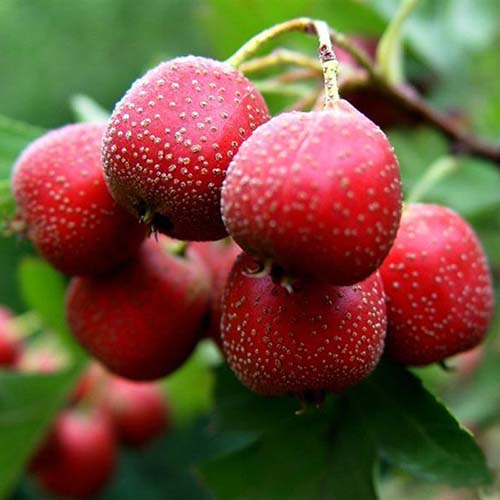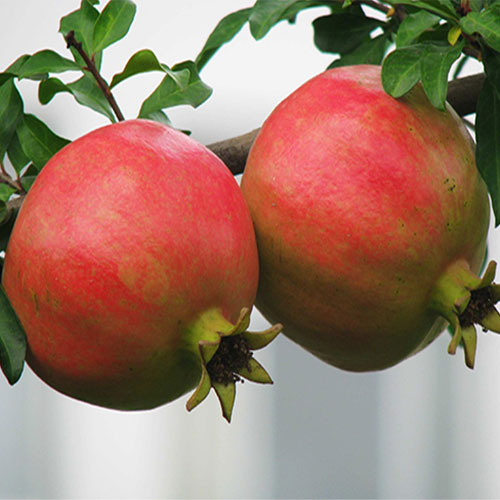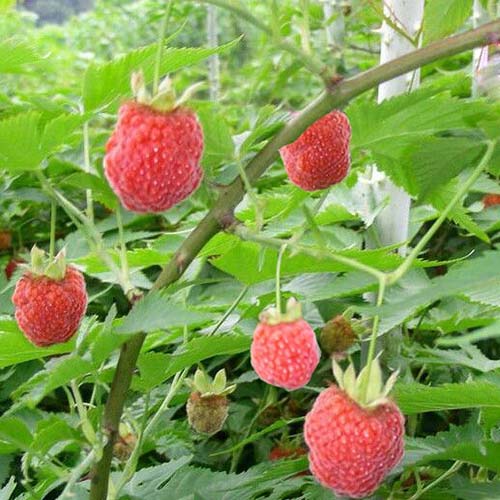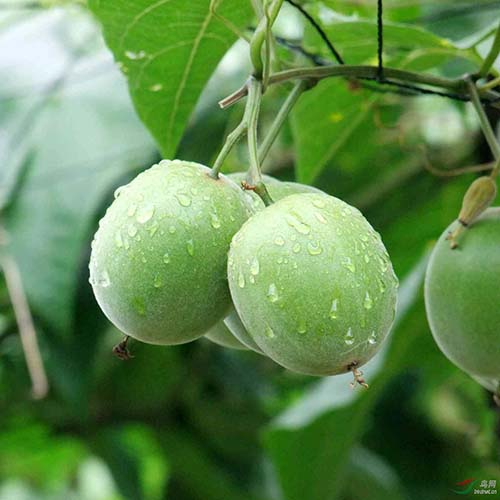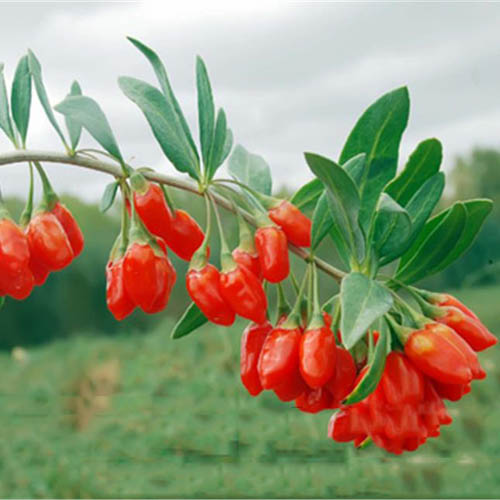- Chinese Name Shan Zha 山楂
- Latin Name Crataegus pinnatifida Bunge
- Other Names Crataegus Fruit, Hawthorn Fruit, Mountain Hawthorn, Asian Hawthorn Fruit
- Used Part Berry
- Specification Powdered Extract
Hawthorn Berry Extract Powder
Description
Hawthorn berries have been used to treat heart problems since at least the 1st century.Traditionally, hawthorn berry tea was used to treat heart failure, chest pain, irregular heartbeat, high blood pressure and hardening of the arteries.
According to University of Maryland, hawthorn berries are packed with heart-healthy compounds like, flavonoids, rutin, epicatechin, vitexin, catechin, proanthocyanidins, quercetin and hyperoside. These compounds help to dilate blood vessels, prevent the damage to blood vessels and improve blood flow.
Hawthorn has also been used for digestive and kidney problems, including indigestion and diarrhea, and to address anxiety. Topically, hawthorn may be applied to sores, ulcers, boils frostbite and to alleviate itching.
Nutritional Components in Hawthorn Berry Extract
- Flavonoids (flavones, flavonols) including hyperoside
- Vitexinrhamnose
- Rutin
- Vitexin oligomeric procyanidins
- Quercitin and others
- Pentacyclic triterpenes (such as oleanic acid, ursolic acid, an crataegolic acid)
- Xanthine derivatives (such as adenosine, adenine, guanine and uric acid) amines including acetylcholine and choline
- Proanthocyanidins
- Chlorogenic and caffeic acids
- Vitamins B1, B2, and C
- Minerals such as calcium, iron, phosphorus, fructose, and others

